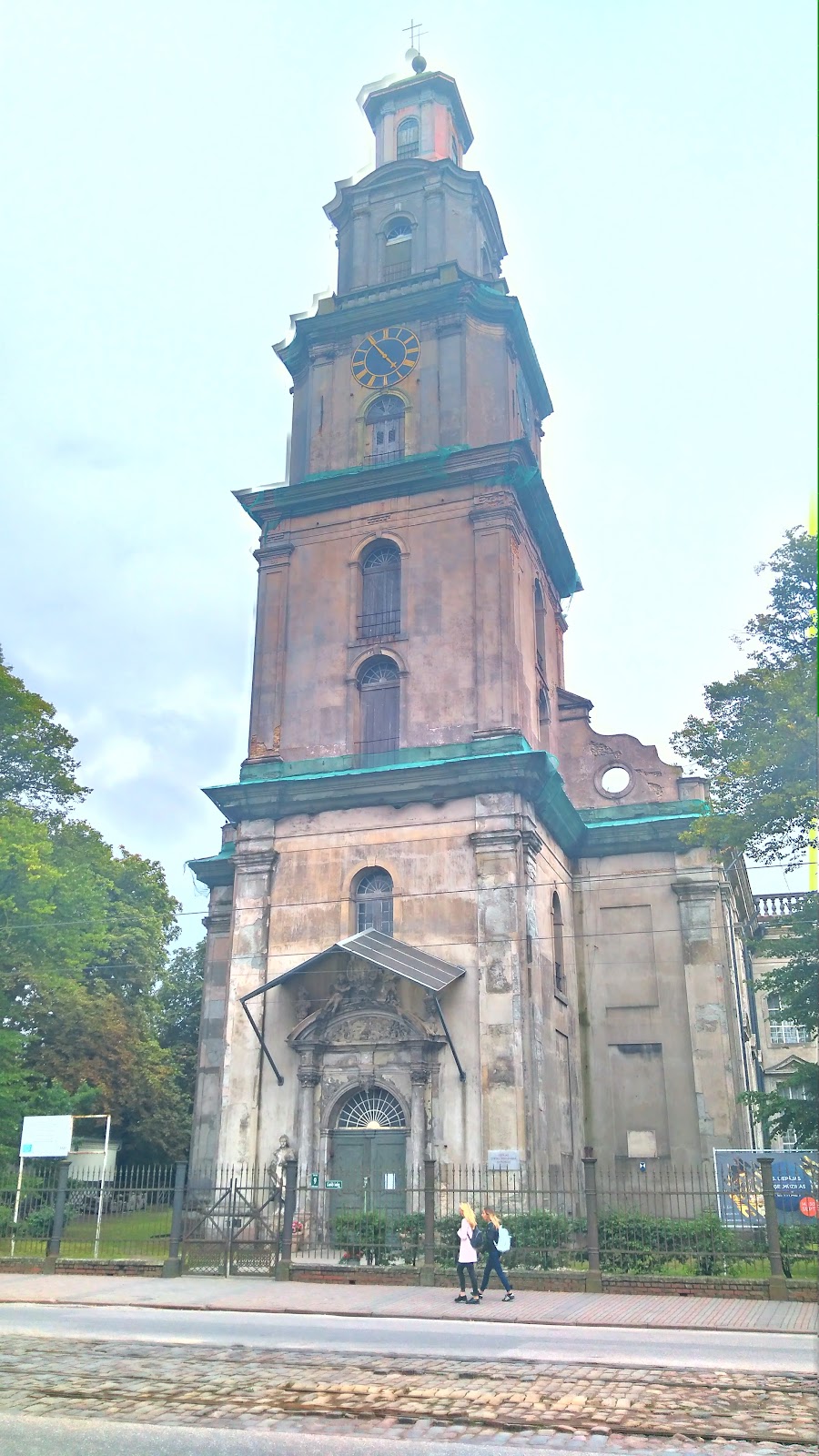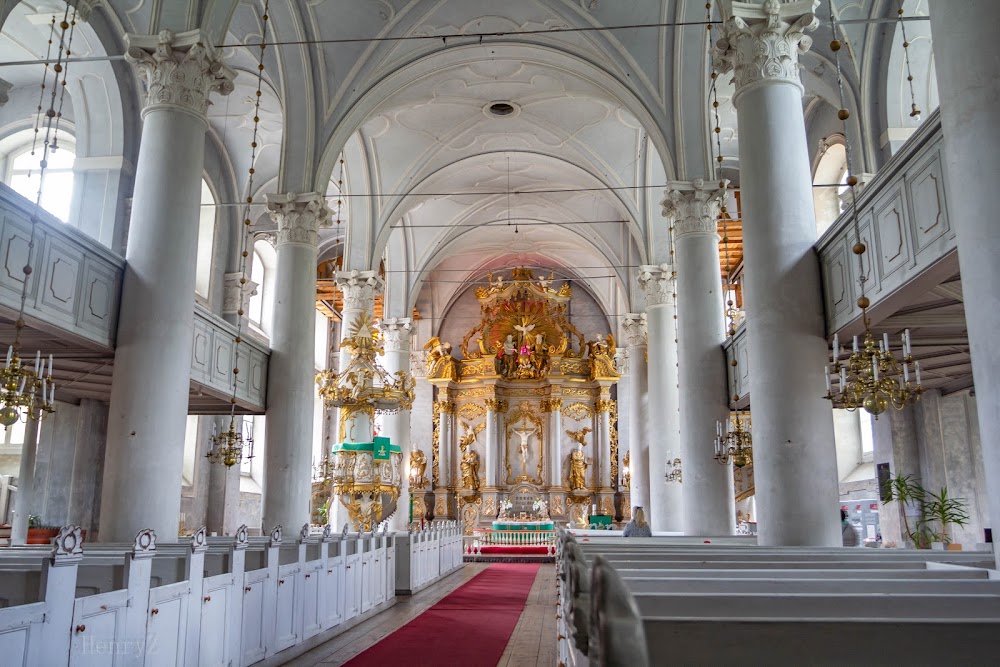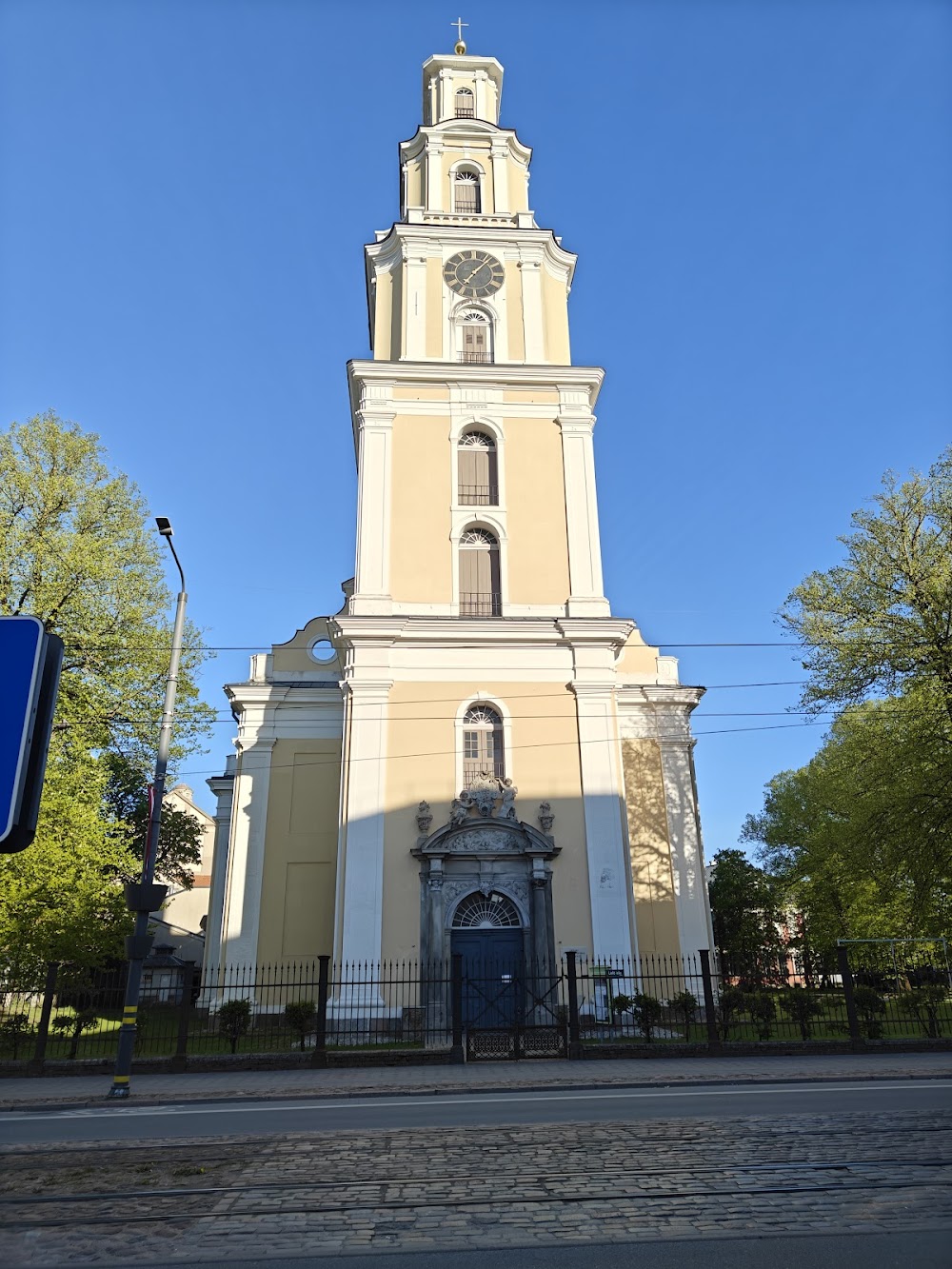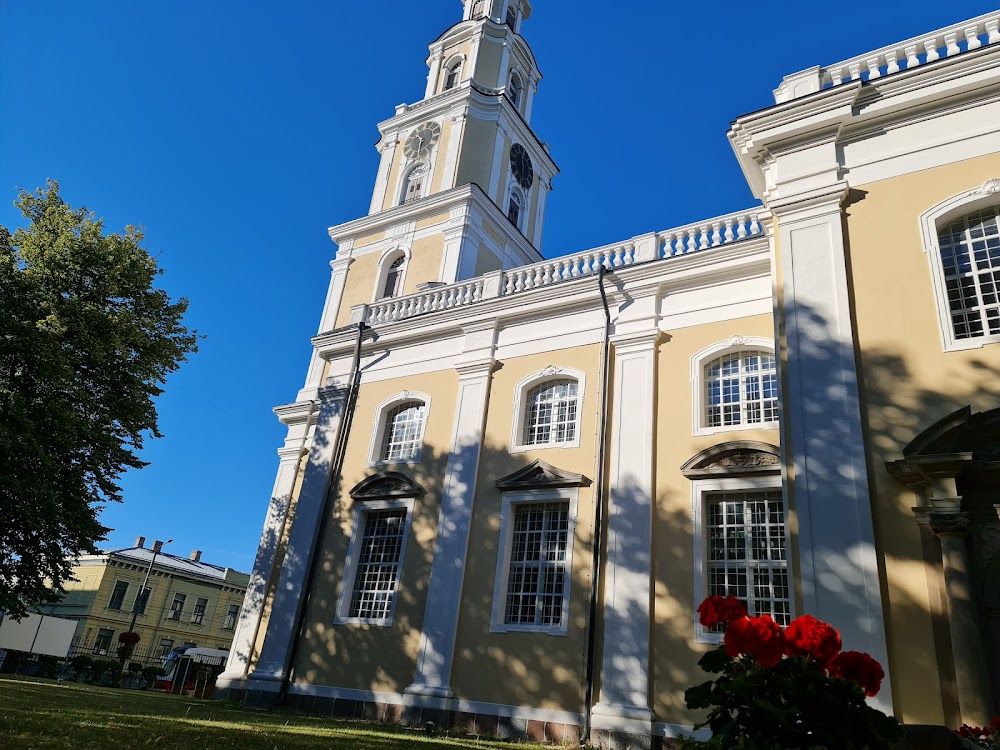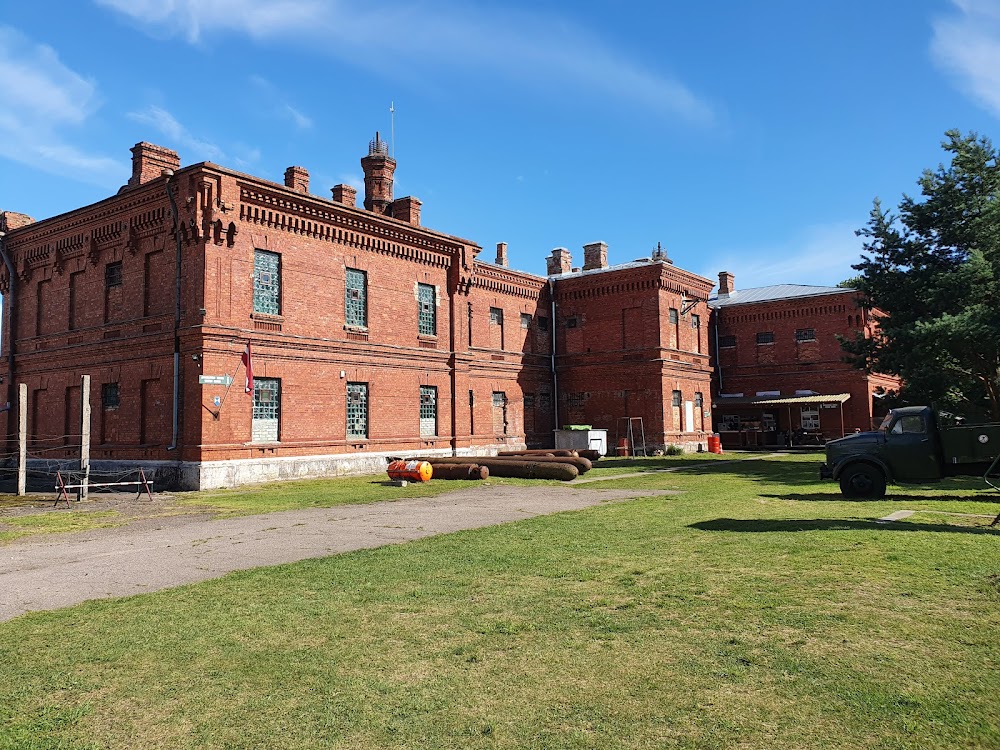Holy Trinity Cathedral (Svētās Trīsvienības katedrāle)
Overview
The Holy Trinity Cathedral in Liepāja, Latvia, is a stunning Baroque-style church that stands as a significant cultural and architectural landmark. The construction of this remarkable cathedral began in 1742 and took nearly three decades to complete, culminating in 1773. Commissioned by the city’s German Lutheran community, the project received substantial support from local government and affluent patrons eager to create an extraordinary place of worship.
The construction process was intricate and meticulous, overseen by architect Johann Christoph Dorn, who designed the cathedral to reflect the grandeur and elegance characteristic of the Baroque period. Built with Baltic limestone and locally sourced timber, the structure was crafted to endure the harsh coastal climate. Skilled artisans from across Europe were enlisted to contribute their expertise, from the exquisite wooden carvings to the detailed stone masonry.
One of the cathedral's most striking features is its towering spire, which reaches 55 meters (180 feet) and was added in 1866, nearly a century after the church's original completion. Topped with a gilded globe and cross, this spire has since become a defining element of the Liepāja skyline. Inside, it houses a remarkable set of bells, crafted by renowned bell-makers, which continue to resonate on special occasions and during daily services.
Stepping inside, visitors are greeted by a magnificent interior adorned with elaborate frescoes and decorations created by a team of European artists over many years. The centerpiece of this breathtaking space is the grand organ, one of the largest in the world upon its completion in 1885. Constructed by the esteemed German organ builder Heinrich Andreas Contius, the organ boasts over 7,000 pipes and three manuals, providing impressive tonal versatility that enchants both organists and music lovers alike.
The Holy Trinity Cathedral has experienced various periods of restoration and preservation throughout its storied history, particularly following the damage it incurred during the World Wars. In recent years, extensive efforts have been undertaken to restore both the interior and exterior, ensuring the cathedral remains in excellent condition. These projects often involve collaboration with local preservation societies, international experts, and generous donors dedicated to maintaining the cathedral's historical and aesthetic significance.
Beyond its architectural beauty, the Holy Trinity Cathedral has played a vital role as a community hub and a symbol of resilience for the residents of Liepāja. It has hosted numerous significant events, including concerts, civic gatherings, and cultural activities, making it an integral part of the community's social fabric.
Today, visitors from around the world flock to admire the cathedral's beauty and immerse themselves in its rich musical heritage, particularly during the annual organ music festival. The cathedral continues to serve as a place of worship, offering regular services and standing as a bastion of spiritual life for the people of Liepāja.


